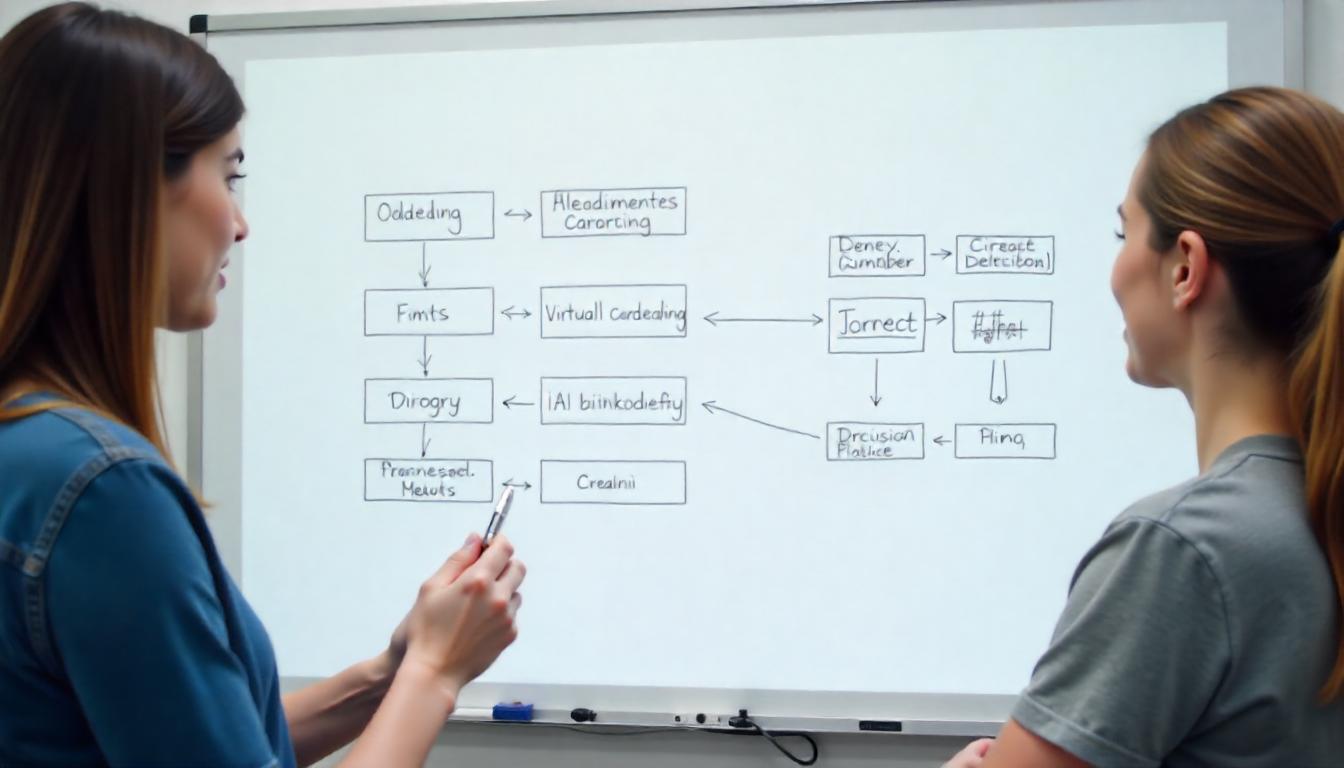How AI Understands Us: A Guide to Natural Language Processing (NLP)
Artificial Intelligence (AI) has made huge leaps in recent years, especially when it comes to understanding how humans speak and write. The magic behind tools like Siri, chatbots, and real-time translation apps? It’s called Natural Language Processing (NLP).
NLP allows machines to make sense of language the way people do—whether it’s reading a document, interpreting a question, or writing a response. In this post, we’ll explore what NLP is, how it works, and why it’s reshaping the way we interact with technology.
What Is NLP?
Natural Language Processing is a field of AI that focuses on enabling machines to understand and respond to human language. It combines:
- Linguistics (how language is structured)
- Machine learning (teaching computers from data)
- Computer science (algorithms and computation)
Put simply, NLP helps computers go from reading raw text to actually understanding what it means.
Why NLP Matters Today
Language is messy, layered, and rich with context. For instance:
“Let’s meet at the bank.”
— Are we talking about a financial institution or the edge of a river?
Humans can pick up on these subtle clues automatically, but for AI, it takes advanced training to figure it out. NLP equips computers with the ability to:
- Analyze text and speech
- Understand context and meaning
- Summarize and generate human-like responses
- Translate languages
- Detect sentiment (like happiness or frustration)
Real-Life Uses of NLP
You’re probably already using NLP without even realizing it. Here’s where it shows up in everyday life:
🗣 Voice Assistants
When you ask Alexa to play a song or Google Assistant for weather updates, NLP is processing your words in real time.
💬 Customer Service Chatbots
Many businesses use NLP-driven bots to answer FAQs, guide users, and even process orders—24/7.
🌍 Translation Tools
Apps like Google Translate use NLP to understand grammar, vocabulary, and context between languages.
📧 Email Filters
Spam detection and auto-categorization of your emails are thanks to NLP analyzing content and patterns.
📊 Sentiment Analysis
Brands monitor customer reviews and social media to gauge public opinion using NLP-powered sentiment tools.
How NLP Works: Key Techniques
Let’s peek under the hood and see what powers NLP:
1. Tokenization
Text is broken into smaller parts—words, sentences, or phrases—so it’s easier for AI to process.
Example: “AI is changing everything.” → [“AI”, “is”, “changing”, “everything”, “.”]
2. Part-of-Speech Tagging
Each word is labeled by its role (noun, verb, adjective, etc.) to help AI grasp grammar.
3. Named Entity Recognition (NER)
This identifies specific names and terms—like people, places, brands, and dates.
“OpenAI released GPT-4 in 2023.” → [OpenAI → Organization, GPT-4 → Product, 2023 → Date]
4. Parsing & Syntax Analysis
AI maps sentence structure to understand relationships between words.
5. Semantic Analysis
It goes beyond words to uncover meaning and resolve ambiguity.
Does “apple” refer to a fruit or a tech company?
6. Deep Learning Models
Modern NLP uses powerful models like GPT, BERT, and Claude to learn language from massive datasets, mimicking how humans read and write.
Challenges NLP Still Faces
Despite major progress, NLP still has hurdles:
- Understanding sarcasm or irony
- Processing multiple languages or dialects
- Interpreting slang or cultural references
- Reducing bias from training data
The good news? Researchers are continually improving accuracy and fairness in NLP systems.
What’s Next for NLP?
NLP is growing fast, and the future looks promising:
- More human-like conversations with AI chatbots
- Real-time translation across languages and accents
- Smarter writing assistants for emails, blogs, and social posts
- Emotion-aware AI that can respond with empathy
As NLP advances, it will become more intuitive, more inclusive, and more essential in our daily digital lives.
Final Thoughts
Natural Language Processing is one of the most exciting innovations in AI today. It enables machines to understand the words we use, the emotions behind them, and the meaning they carry.
From voice assistants and search engines to customer support and content creation, NLP is powering the future of communication—and making technology feel more human.





